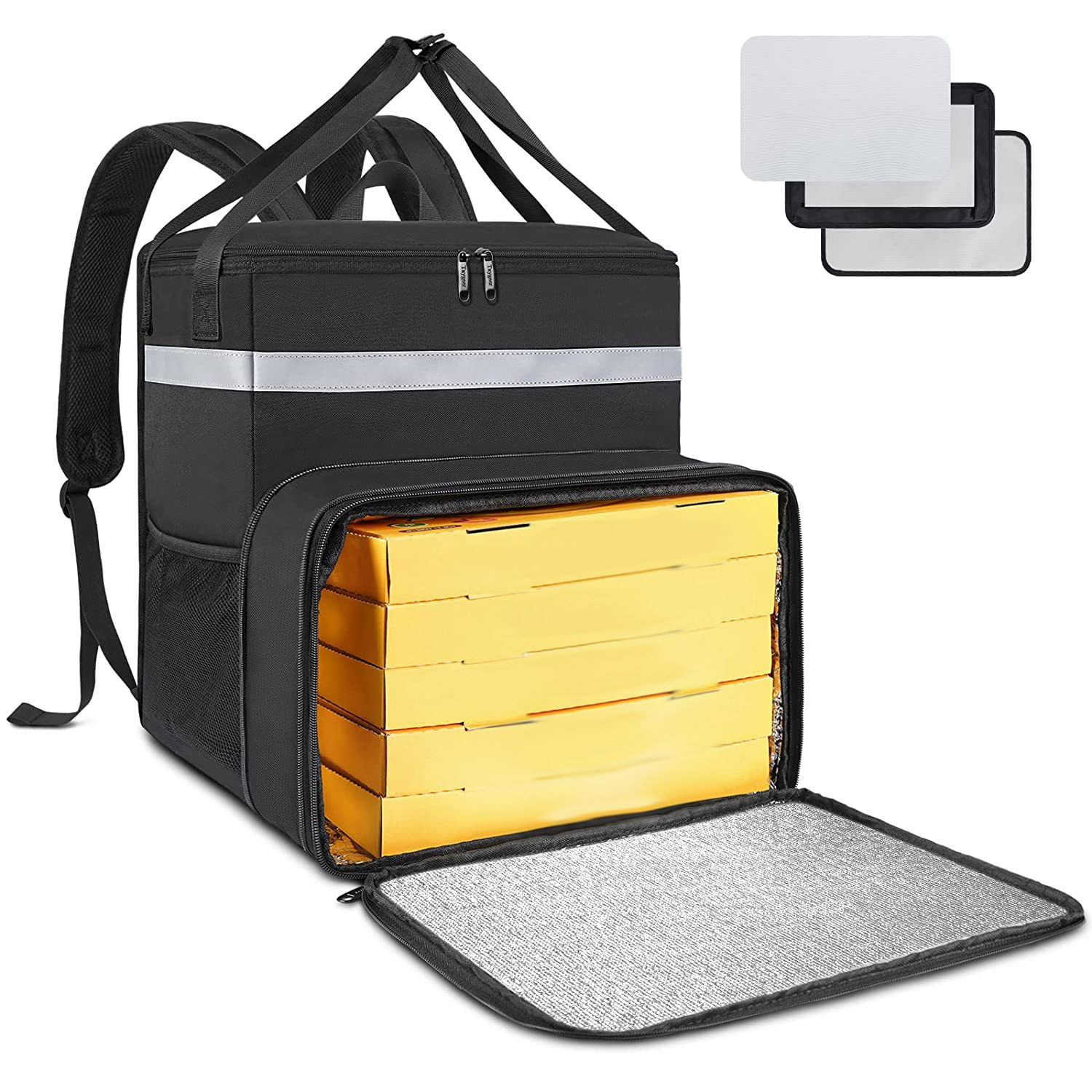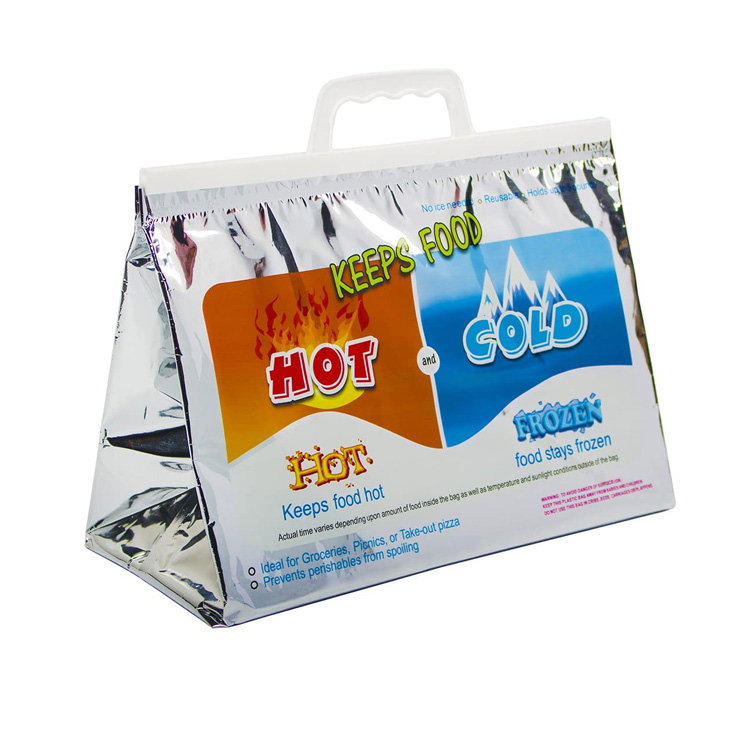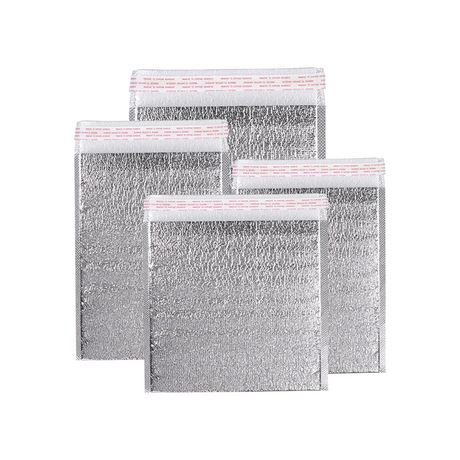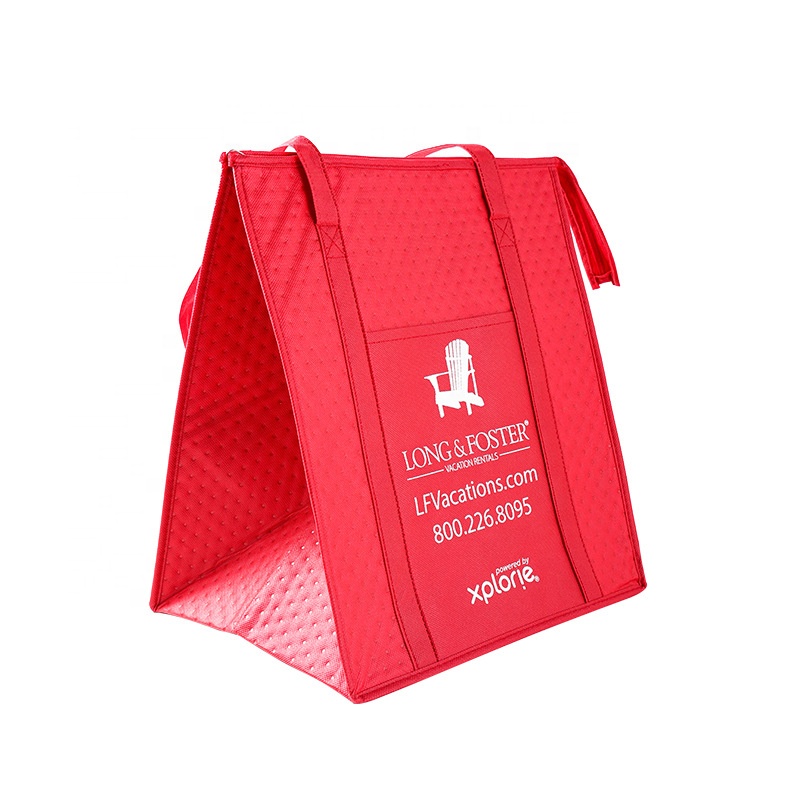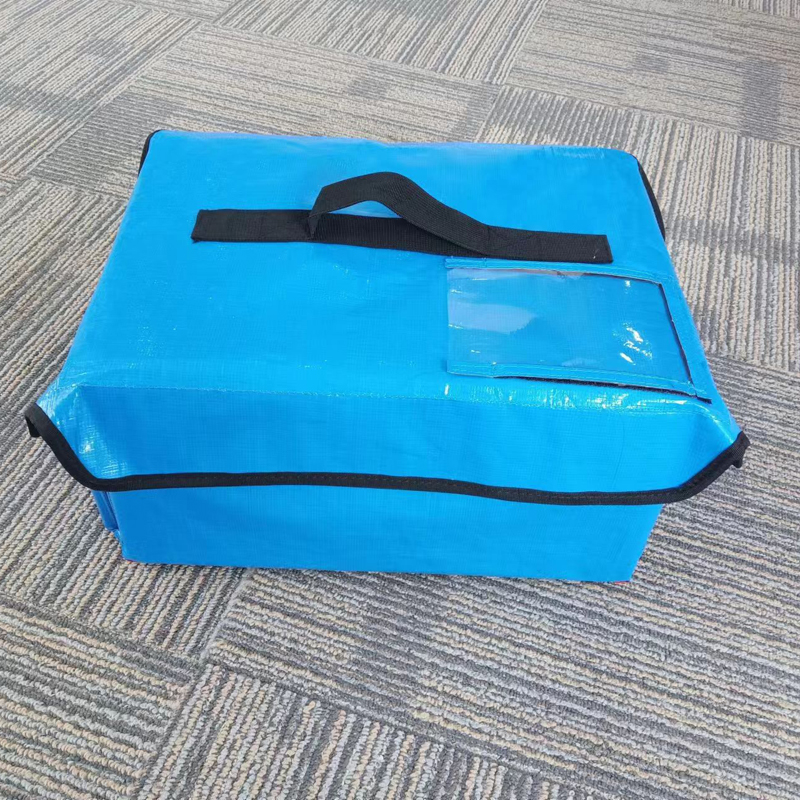In an era where 35% of global food production is lost to spoilage and $35 billion in pharmaceuticals are temperature-dependent, cold shipping packages have become the unsung heroes of modern logistics. These specialized systems do more than just keep items cool—they’re precision-engineered solutions combining materials science, IoT connectivity, and thermodynamic innovation to protect everything from mRNA vaccines to premium sushi-grade tuna.
Why Cold Shipping Packages Matter More Than Ever
1. Protecting High-Value Cargo
- Pharmaceuticals: 80% of new FDA-approved drugs require cold chain logistics
- Biotech: Stem cells lose viability at >8°C for just 2 ساعات
- Food Safety: 48M annual foodborne illnesses linked to temperature abuse
Recent advances like Moderna’s COVID-19 vaccine distribution (99.8% viability at -20°C) prove properly designed cold shipping systems can make or break global health initiatives.

Cutting-Edge Technologies Redefining Cold Shipping
A. Intelligent Thermal Management
- Phase Change Materials (PCMs):
- Bio-based PCMs maintain ±0.5°C for 96+ ساعات
- Customizable phase transitions (-70°C to +25°C)
- Vacuum Insulated Panels (VIPs):
- 10x better insulation than EPS foam
- 50% thinner profiles for space efficiency
B. Smart Monitoring Systems
- Bluetooth-enabled data loggers with 0.1°C accuracy
- Cloud-connected GPS trackers mapping thermal history
- AI algorithms predicting cold chain failures 6 hours in advance
C. Sustainable Innovations
- Plant-Based Gel Packs:
- 100% compostable alternatives to plastic
- 72-hour cooling capacity
- Reusable Systems:
- Returnable PCM containers cutting waste by 80%
- Solar-powered refrigeration units
Industry-Specific Solutions
| Sector | Temperature Range | Key Technologies |
|---|---|---|
| Pharmaceuticals | -70°C to +8°C | Dry ice hybrids, cryogenic PCMs |
| Fresh Foods | 0°C to +4°C | CO₂-controlled atmosphere pallets |
| Biologics | -150درجة مئوية (LN2) | Vapor-phase liquid nitrogen shippers |
| Floral | +2°C to +8°C | Ethylene-scrubbing insulated boxes |
Source: 2023 Global Cold Chain Alliance Report
Overcoming Key Challenges
1. Last-Mile Delivery
- Drone transport maintaining 2-8°C at 60 mph (Zipline Rwanda success)
- Compact PCM coolers for doorstep vaccine delivery
2. Cost Optimization
- Bulk dry ice production from CO₂ capture ($0.15/lb savings)
- Predictive analytics reducing failed shipments by 40%
3. Regulatory Compliance
- FDA CFR Part 11-compliant electronic temperature records
- IATA-certified lithium battery cooling systems
Future Trends (2024-2030)**
- Self-Chilling Packages: Electrocaloric materials activating on demand
- Blockchain Verification: Immutable temperature history from factory to patient
- Space-Grade Insulation: NASA-derived aerogels for intercontinental transport
خاتمة: Beyond Ice Packs to Intelligent Ecosystems
Modern cold shipping packages have evolved into sophisticated micro-environments where:
- 1°C temperature deviation triggers automatic corrective actions
- Packaging materials self-report remaining cooling capacity
- Carbon-negative systems actively reduce environmental impact
As global demand for temperature-sensitive goods grows 12% annually (CAGR 2023-2030), businesses investing in smart, sustainable cold shipping solutions will dominate their markets while protecting both products and the planet.







